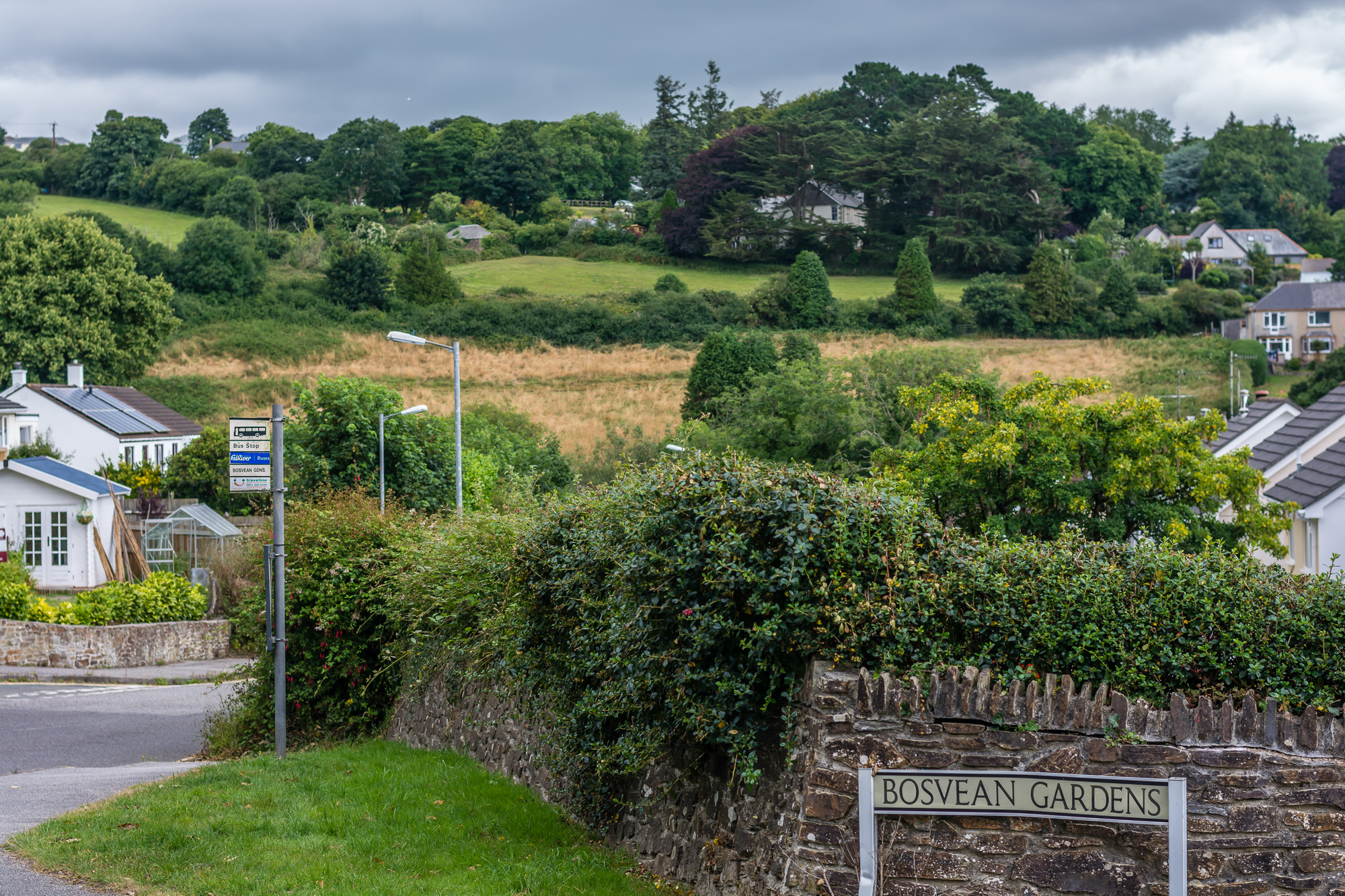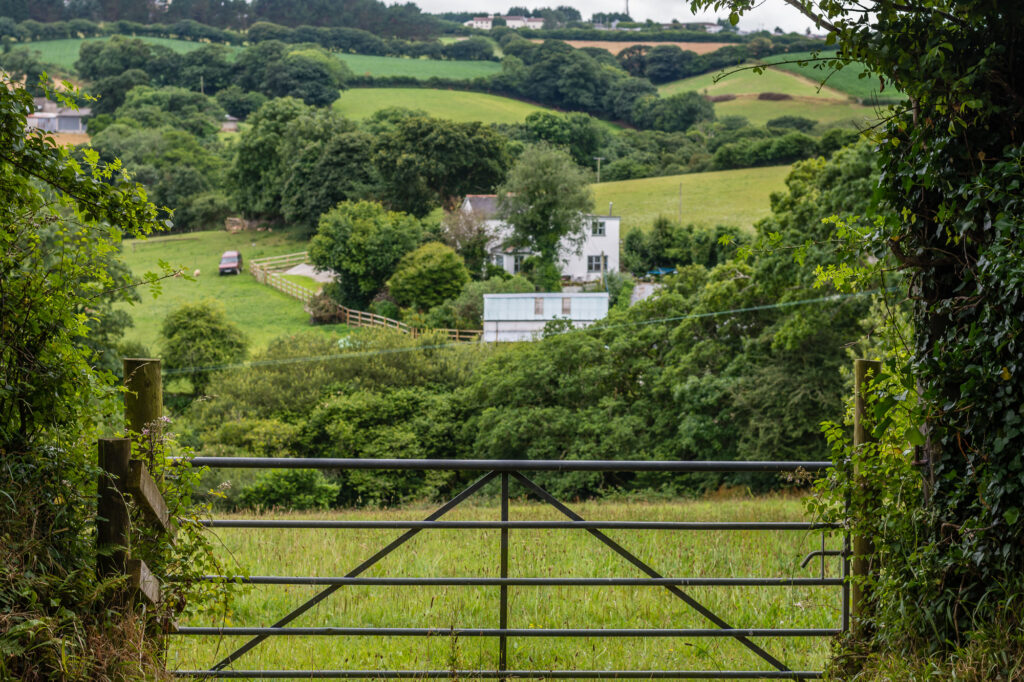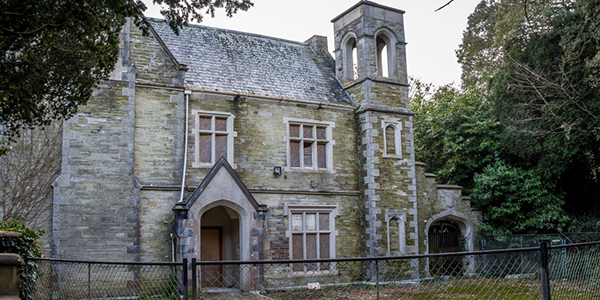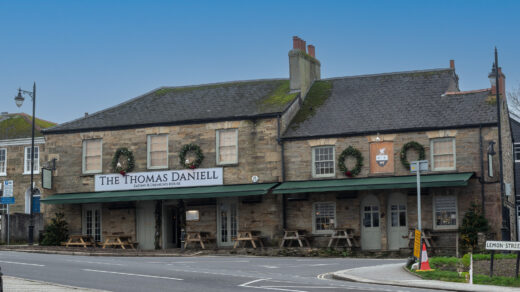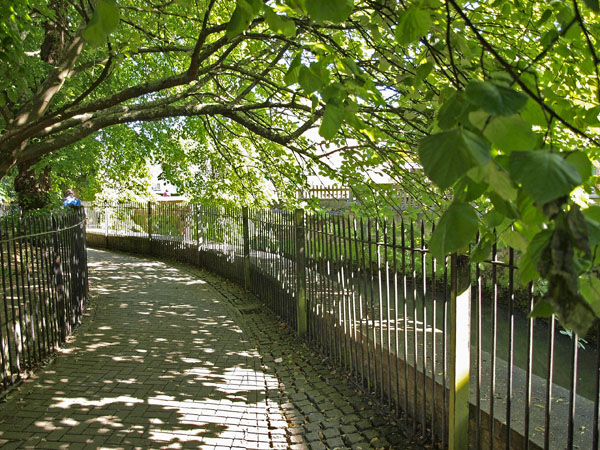MR H KICKS OPEN A DOOR; A THOUGHT MARCHES IN!
Looking after our farms so our farmers can look after us. A reflection on the emerging Green Infrastructure Strategy and Vision.
In 2009 a small group of people sat in a small room around a map of Truro – one of those very handy (now defunct!) OS Pathfinder maps. We were opening our minds to the task of neighbourhood planning. Just this morning, a sunny sabbath with a list of chores knocking at my lethargic door, I was guided by the master of the Truro & Kenwyn Neighbourhood Plan’s website, the inimitable Mr H, to the enlargeable Green Infrastructure Vision map – a rectangle of circles, arrows, winding red lines, and I was struck by the same thought that had wormed its way into my mind back in 2009!
A town does not exist in isolation.
Each week I go and buy an increasingly significant chunk of our weekly food from the Farmers’ Market. I do so out of residual loyalty (I helped to set it up), because I like to think that the notes I use to pay might pass locally though my hands again one day, and because I can be personally assured of the quality of the produce by its producers – we know each other, and share the tribulations of seasonal change, economic fortunes, the weather, disease, time and (thank God) laughter.
I also visit Roach the Butcher, Grocer (and now fishmonger!); I buy my King Edward’s potatoes and bananas, my free-range chicken and hand-made pork sausages there. I admire the Roach approach – competitive, efficient, restless, kind, uninhibited, canny, thoughtful, impetuous, generous, on the go – always on the go.
A town is not just its streets, its public buildings, its banks (how precious that, in this age of centralising tech, Truro has five High Street banks in Boscawen Street) – it is also a community which needs to survive – and to survive it needs food, water and shelter. In that 2009 meeting I realised that a town needs the land which surrounds it, both for the agriculture which it supports, and for the custom that the rural world supplies when it comes to market, to bank, to manage land, to find engineers, surveyors, vets, lawyers, hairdressers, outfitters and all the other professions which rely on rural spending.
Therefore, when we draw a line around a town, I believe that line should not simply hug the street pattern, using ring-roads to act as boundaries and stop-lines. It should also, to be geographically coherent and true, embrace within it, sufficient land to meets its food and energy needs, and which form its hinterland. The land around any town isn’t simply there to be pretty or habitat for rare species, or to present the evidence of ancient industries – it has a functional interaction with the town which any green infrastructure strategy (or map) must surely indicate. No food, no town – you don’t need Bob Marley to sing that one!
Planners seem to believe that agricultural land is a commodity for them to consume as they plan (biting off increasingly large chunks) but a planned town without its rural surround is no town at all – the survival of those attributes which tend to focus in towns relies on the milk, bread, meat, grain, greens, fruits, roots, current flows and biomass which stem from that green agri-environment in which they are set, and with whose inhabitants, industries and small communities all towns do business.
Quite rightly, The Truro & Kenwyn Neighbourhood Plan is radically altering its appraisal of landscapes in order to try and contain the rash-like spread of increasingly garish and ugly housing, and to do so we rely on landscape and environmental designations, World Heritage Site, Special Area of Conservation, Areas of Outstanding Natural Beauty, Sites of Special Scientific Interest and so on. But the critical environmental interaction of any town is not defined by pretty, resonant or cultural bits of landscape – it is defined by need.
A good field (and Truro is surrounded by many) is as intensely developed as a housing estate – just in a different way. Husbandry shapes, protects and evolves the countryside, and it does so to meet the ever-more-demanding need of towns. Furthermore, it’s not just about Farmers’ Markets and Lodge & Thomas’s weekly markets.
I recall an anecdote of David Lloyd Carah Roberts of Praze, who decided that he and his wife would take a break and follow the ‘tatie lorry’ from the gate of Trenoweth Farm to the Walkers Crisp Factory in Leicestershire. ‘All year I tended that crop. The ground was good. I read the weather right, Got them out in their prime to a good yield. When the truck reached Walker’s it unloaded our year’s hard work. Twenty minutes later it was all processed and packed. We stopped at Exeter Services on the way home. Missus Roberts looked at a display of Walker’s in the shop – I thought ‘There’s all my effort there, in those little red bags. Don’t seem enough, somehow! She couldn’t bring herself to buy a packet’.
I also recall a moment during my time on the Cornwall Rural Development Plan committee when Tim Smit and Jonathan Ball were trying to persuade everybody that Eden was the future. Tim was wanting substantial investment in Watering Lane Nursery (the Eden ‘labs’). He explained that, amongst other projects, he wanted to respond to the crisis in supply of homeopathic herbs (homeopathy having exploded in popularity world-wide, and, with climate change, likely to expand much more) caused by drug companies failing to anticipate growth and harvesting herbs at source, putting survival pressure on many important species and varieties. He wanted the Eden ‘Labs’ to develop strains of various herbs which could be grown outdoors in Cornwall, thereby providing Cornish agriculture with a sustainable new market for its skills and resources. The ‘labs’ were acquired. I’m not sure about whether the herb business is growing or not!
So, whilst the Truro & Kenwyn Neighbourhood Plan Green Infrastructure Strategy and Vision relies on designations (AONB, SAC, WHS, SSSI) it fails to protect our real environment by not drawing lines around what we most need – which is the means to produce food, energy and perhaps medicinal herbs in the immediate vicinity of the town – it is that functional interaction with the land which defines it, enriches it, feeds it and keeps the town honest and rooted. When will we realise that vegans need farming as much as carnivores, and towns need farming to keep all the professions and commerce working, and maps need green quilts of fields and ancient Cornish names to enable them to capture the cultural gift of agri?
As Bob Marley might have sung had he become the town planner he always wanted to be! ‘No agri, No culture; No food and we die!’
Bert Biscoe
Chair Truro Civic Society
May 2022


